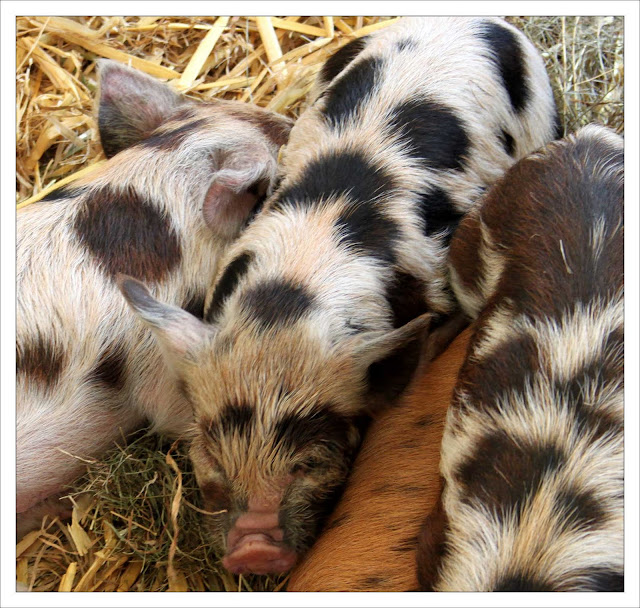Remember that most poignant of cinematic scenes, that defining moment in the developing relationship between human beings and computers. David Bowman, the enigmatic leader of the 2001 Mission to Jupiter, eventually realises that the on-board HAL 9000 computer is trying to kill him in order to prevent its own disconnection. HAL locks Bowman out of the space capsule, but he eventually manages to force his way back in and shut down the machine by progressively removing HAL's computer modules one by one. As HAL's consciousness degrades he regurgitates material that was programmed into him during his initial programming and this culminates with an ever-slowing rendition of the song "Daisy Bell". As the final lines of "Daisy, Daisy, Give me your answer do", grind to a final stop we realise that, on this occasion, man has managed to outwit artificial intelligence.
Those of us of a cautious disposition have spent the last 43 years since the release of 2001 : A Space Odyssey looking for signs of a new attack by artificial intelligence on the primacy of humanity. If there is one thing that computers are good at, it is learning from their own mistakes, so we should expect something a little more sophisticated than locking us out of an air lock. I think I have found it : it is not HAL it is HFT. I might be wrong, but I strongly suspect that HFT is a more powerful threat to humanity than a wagon-load of Gaddafi's or a sea container full of HAL 9000 computers. HFT is High Frequency Trading.

Cast your mind back to how stock exchanges and financial markets used to work. City gents with bowler hats would study the financial papers as they took the morning commuter train into the city from either leafy Surbiton or Sleepy Hollow, identify firms that were on their way up and decide to buy shares in the business. Firms with potential would receive much-needed investment and our city gent would receive a useful dividend at the end of the financial year. It is a comforting and a rather clever system : but in terms of the way financial markets work in the twenty-first century it is total fiction.
These days the majority of decisions to buy or sell shares, trade in commodities or move into currencies are not taken by human beings, they are taken by sophisticated computer programmes. Such programmes seek to beat the system by buying and selling over extremely short periods, holding the stock for seconds or even micro-seconds and making a very small profit on the trade. But they make so many trades that the aggregate profit is immense. The programmes are not concerned whether the extremely small movement in price is being brought about by positive or negative expectations, rumour or the phases of the moon : the programmes make their millions by anticipating fractional movements and betting on them. This is the strange, some would say horrifying world, of
High Frequency Trading (HFT). In the US financial markets it has been estimated that something like 75% of all market trades are HFT's, on the London markets the percentage is around 40% and increasing all the time.
So when you turn to the financial pages and see the wild fluctuations in the markets, see your pension pot dissolve in front of your eyes, see mindless speculation rip the flesh off financial probity, think of HAL and recognise his revenge. All together now, "Daisy, daisy ......."


























